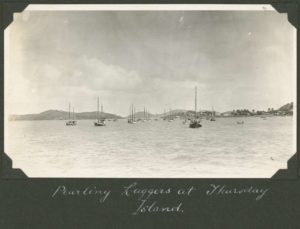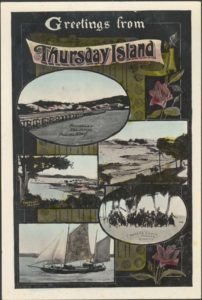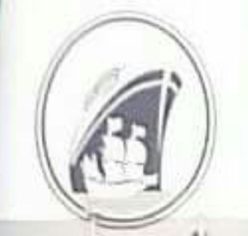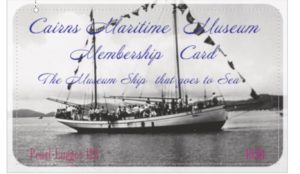 The story of the 1936 Maritime workers strike.
The story of the 1936 Maritime workers strike.
Until that time the East coast pearling industry had had a most casual approach to its almost suicidal diving work practices.
So many fatalities so many lives risked, such that it resulted in a maritime strike in 1936.
The strike was to lead to the formation of the first council of the Torres Strait Islands region. The meeting saw to standards of practice introduced to protect and support the occupational diver participants and the regional resources of sea country in 1937.
In that year began the lofting out of a longer larger live well Pearling Lugger to become the first engineered motorised sailing lugger.
This HB was constructed in 1938, by Shotaro Tachibana a Japanese migrant shipwright for H.Bowden Pearling Co. Ltd. Launched in 1938 HB was conscripted in 1939 and through WWII the vessel served as an Army Lugger AL253.
Post war HB engaged in East coast wild harvests and broadcasts , sailing the SE wind, returning with harvest and chicken shell to broadcast locally helping to restock the pearl oyster home beds .
The 1950-60’s saw a boom like that of the 1860’s a century earlier when Captain John Banner reported to Sydney Town the “Goldfields” of Pearl shell to be found in the Torres Straits.
The lugger boat numbers grew into hundreds of vessels once again searching the home grounds.
Mother of pearl shell including Trochus species, these were the target for the Pearl button contracts with European and NYC buyers who directed prices.
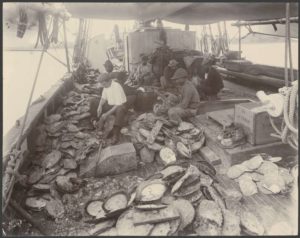
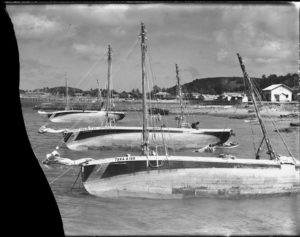 1960’s high end demand, limited supply was to drive up prices until immitation plastics replaced the raw MOP material.
1960’s high end demand, limited supply was to drive up prices until immitation plastics replaced the raw MOP material.
Today the demand for Mother of Pearl remains secure in the manufacture of products which feature this bespoke, natural and beautiful artefact.